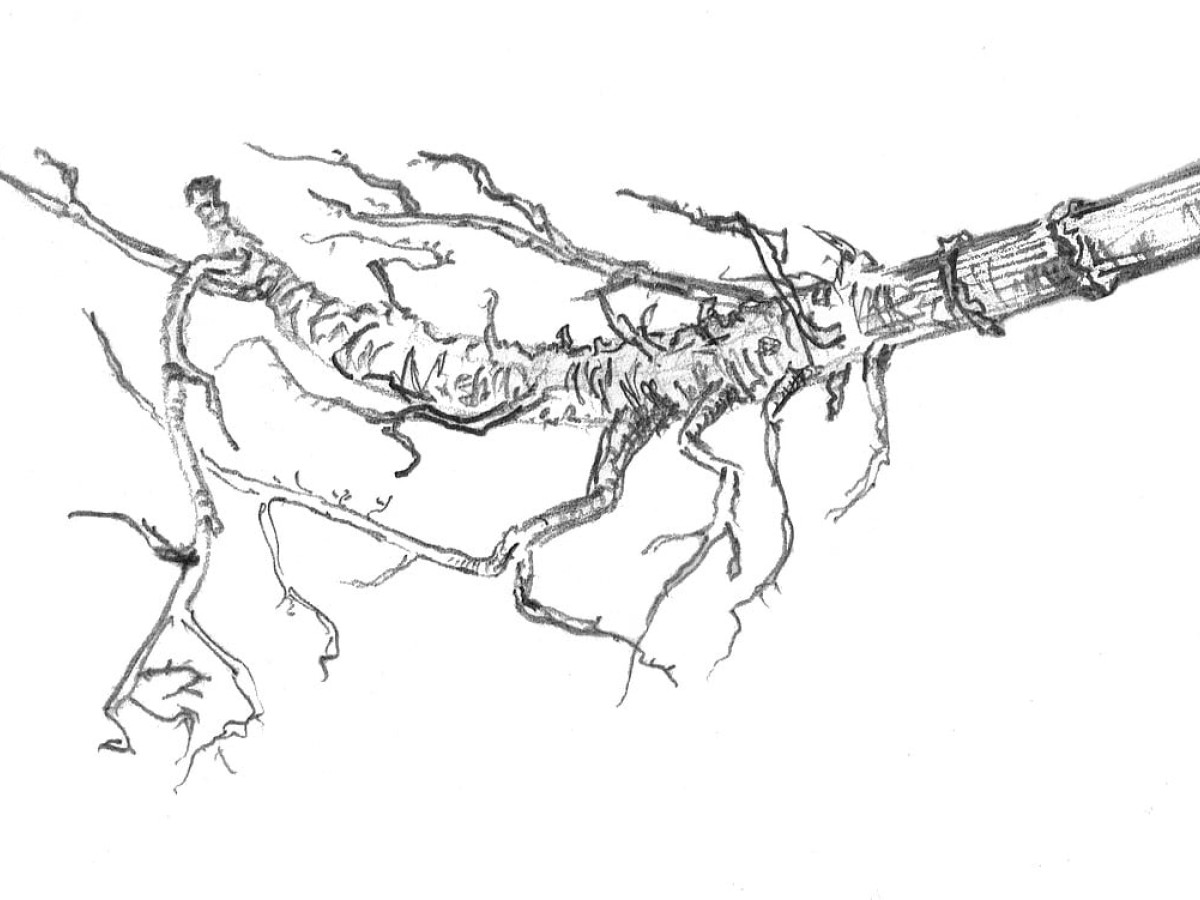James Tytko took on Jon’s question…
James – All cells in the human body contain essentially the same genome; that is, every cell starts with the same set of genetic instructions written in the DNA sequence. So how does a liver cell learn to do something completely different from a nerve cell? Well, it comes down to which specific pattern of genes in each cell are turned on. This is called gene expression, and is controlled by special proteins called transcription factors. Imagine the genome as a giant cookbook: each gene is a recipe, and transcription factors are the chefs choosing which recipes are required for that particular cell type. But how many individual cell types are there? Well, an ongoing international project set up here in Cambridge, the Human Cell Atlas, is attempting to identify and map every cell in the human body. Here’s Sarah Teichmann founder of the project, speaking to the eLife podcast:
Sarah – We can now see cells in terms of their entire genome’s transcriptomes at the level of tens and hundreds of thousands of cells at a time. And so what I’m talking about in a nutshell is the resolution revolution in genomics. You’re basically describing the entire molecular fingerprint of that cell rather than the morphology of the cell the way we’ve been doing with conventional microscopy methods.
James – While the old rule of thumb suggested there were a few hundred cell types, the Human Cell Atlas has played a big role in updating this picture. Biologists are detecting subtle differences between cells by looking at their gene activity, capturing cell states that were previously overlooked during observations under a microscope.
Sarah – We don’t really know how many cell types there are, conventional estimates on Wikipedia and so on say there are 200-300 cell types but we’re seeing thousands essentially now with these high-resolution technologies. There are 37 trillion cells, probably, in the human body and we’re not going to sequence all of them but by sampling in a strategic way from different tissues in the body, we hope to learn about the vast majority of the cell space that’s out there.
James – So, Jon, cells share essentially the same genome. What gives each cell its unique role is the specific pattern of genes switched on inside it—directed by those molecular “chefs,” the transcription factors. The Human Cell Atlas project has discovered 10,000s of distinct cell states by capturing the molecular fingerprint of cells rather than the mere morphology that conventional microscopes could reveal.
